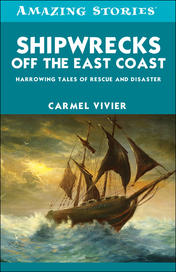History

Settlement, Subsistence, and Change Among the Labrador Inuit
The Nunatsiavummiut Experience
More Info


Severing the Ties that Bind
Government Repression of Indigenous Religious Ceremonies on the Prairies
More Info

Shipwreck at Cape Flora
The Expeditions of Benjamin Leigh Smith, England's Forgotten Arctic Explorer
More Info






